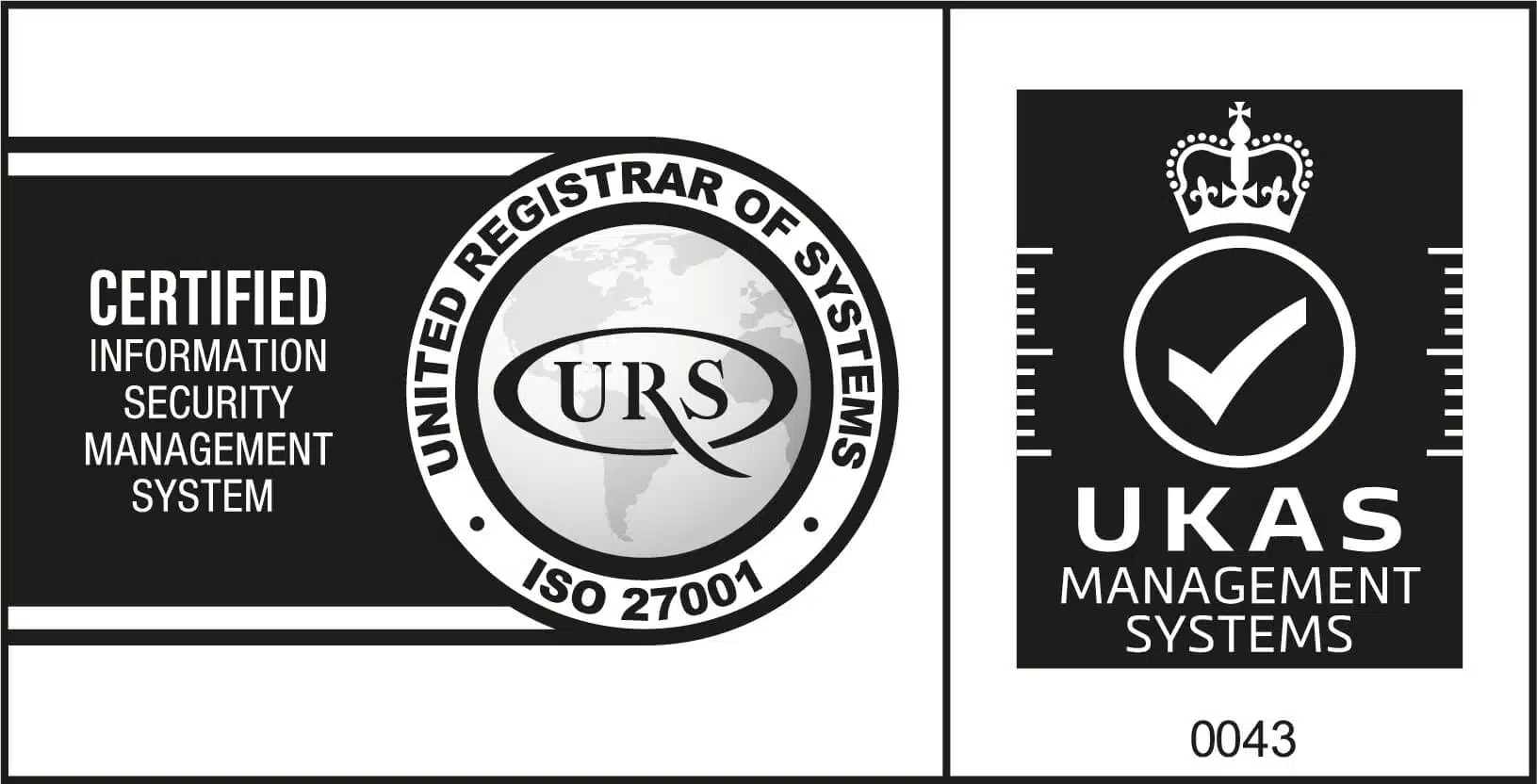By Robin Mess, CEO, big xyt
The rise of quantitative analysis is mirrored by a rise in demand for its fuel – data. With one feeding the other, investment firms and banks are increasingly reliant upon products and services that can be tested and proven in a way that for many markets was impossible ten years ago. As a result, the use of outsourced tick data provision is becoming prevalent in order to support that rapid growth.
Tick data – capture of the price, time and volume for every order and execution across the instruments on a given trading venue – can provide enormous value for exchanges, broker-dealers and asset managers in this context. Ten years ago, it was seen as the preserve of firms building execution algorithms. Now that demand reaches across an enterprise. From compliance to business growth, tick data sits behind many key decisions.
Feeding the appetite
The investment strategies that drive execution algorithms are increasingly quantitative and therefore dependent upon data, against which back testing must be conducted.
Compliance with a plethora of new regulations will also require banks and other market participants to provide new risk and liquidity assessments, contingent upon good understanding of market activity.
Appetite is one thing, consumption is another however. Building a store of tick data that can be used by more than one trading desk or business area can be challenging. Firstly, it takes time to build organically. Secondly, it has to capture a range of markets, with any new data collection starting afresh. Third, the technology underpinning it has to be flexible or risk becoming redundant to demand.
For example, the business logic for one end user may not support the needs of another. Requirements can be subject to change – as a result of regulatory demand as much as changes to the business model – and the systems which process the data will need to adapt to fit new output.
Rebalancing total cost of ownership
Together those challenges create a complex and potentially expensive technology problem. Even firms who have successfully developed their own tick-data stores see the costs for sustaining those stores increasing. If they are to carry on supporting them, they have to rebalance the total cost of ownership by sharing that support across the wider business to mutualise expenditure.
When a business is opening up to new markets it can be starting from scratch in the process of data collection, aggregation and normalisation. The choice is then either to scale up existing internal services and repurpose them, or to look outside the firm for a partner that can provide that service immediately.
Tick data-as-a-service
Increasingly partnership is proving the best way forward. Accessing data sets as and when you need them, with the management of data entrusted to a well-resourced specialist, can help a business to be competitive with far lower levels of risk than a firm which puts efforts into the unknown via an in-house development.
A third party can deliver quality-assessed data in order to support any function, faster than a build project and with the ability to add more resource if necessary. That gives a buy- or sell-side firm the flexibility to grow where they find opportunity. By focusing on their own core strengths while supported with tick-data-as-a-service, they can get ahead of the pack.


